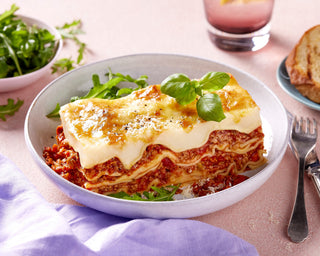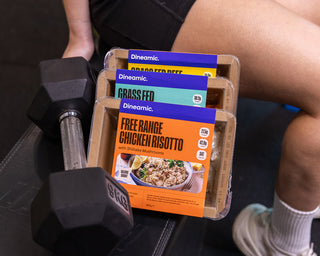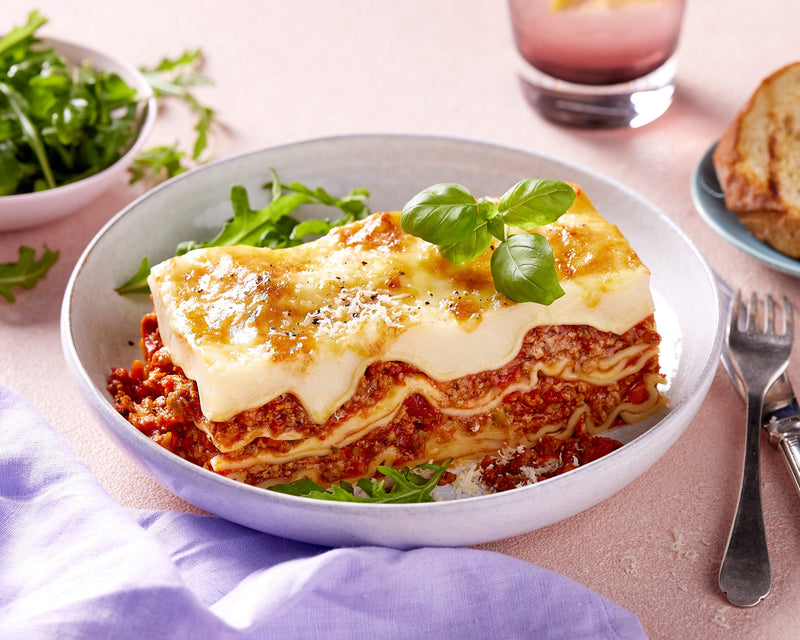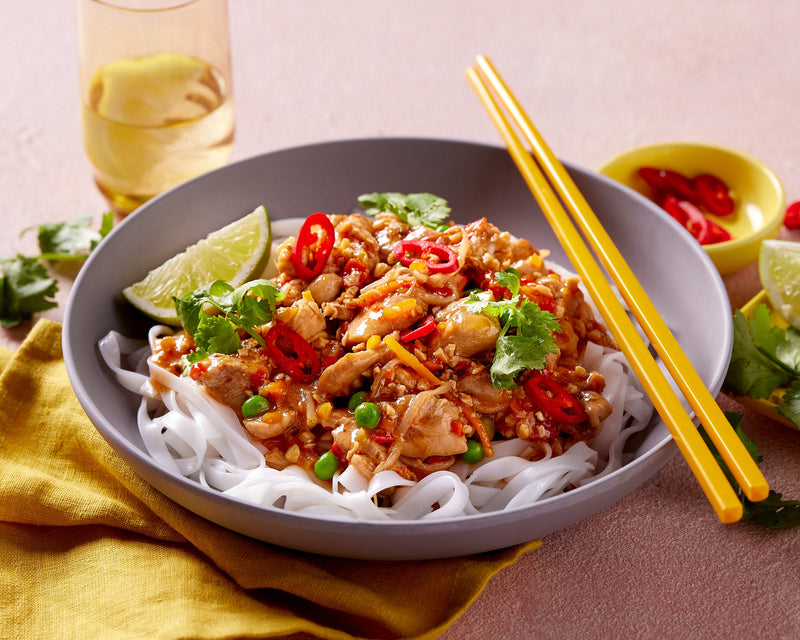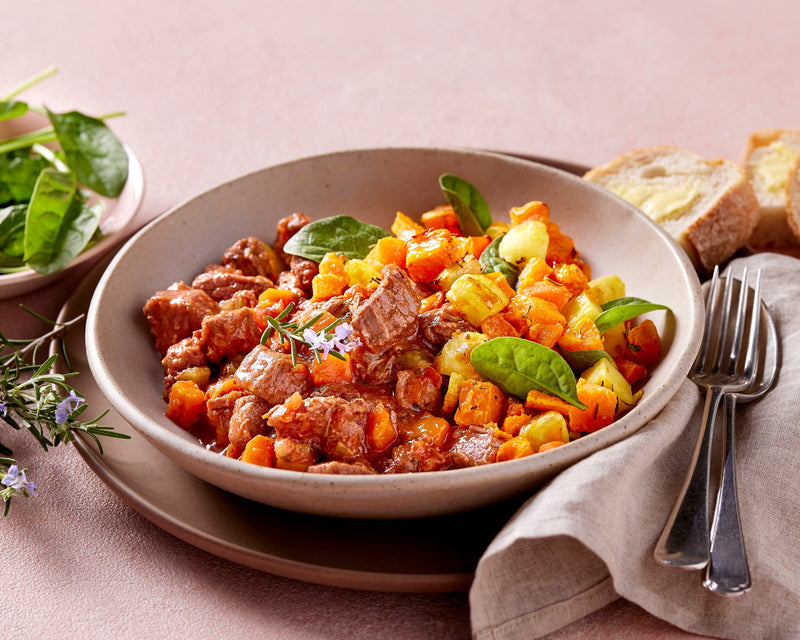
Buying oil from the supermarket used to be a fairly innocuous task, largely because there wasn’t much to choose from... but things have changed. With trendy alternatives popping up and becoming more widely available, it can be difficult to know exactly what are the healthy alternatives and what is novelty. Today we’ll be taking a look across the nutrition of a number of popular cooking oils to help you be across all you need to know!
Just because a product is new, or trendy, doesn’t (always) mean it’s a better alternative. Most people use a variety of oils, some are better for baking, some for sautéing or drizzling on a salad.
With so many oils on supermarket shelves, you’re probably wondering how to make the right choice (or choices). Well, Dineamic is here to make your life that little bit easier. Let’s jump in and see what is the healthiest cooking oil you should be using for different applications, and which ones pack the best nutritional value.
Which oil is the best?
Generally speaking, most oils actually contain a similar amount of calories. So how do you determine which oil is the healthiest for cooking? Well, what separates oils from one another is really their make up of fats and antioxidant level. Oils contain varying amounts of unhealthy saturated fats (SFA) and healthy monounsaturated (MUFA) and polyunsaturated fats (PUFA). Of course, just because some fats are technically healthier than others, doesn’t mean you should consume them in excess. Like all things in nutrition, fat needs to be eaten in moderation - no matter the type. To determine how many fats you should be consuming, you may consider your recommended daily intake.
If you take this general rule and apply it to your purchase, extra virgin olive oil is actually the lowest saturated fat option.Perhaps to your surprise your last choice would be coconut oil. But, as we said, all oils have different properties and applications, so let’s dig a bit deeper.
Extra Virgin Olive Oil
$$ | 15% SFA | 75% MUFA | 10% PUFA
When it comes to olive oil, extra virgin is best. Extra virgin olive oil (EVOO) is less refined and not overly processed - compared to its regular counterpart. Of course, as with most things, less processed is best!
EVOO packs a large amount of monounsaturated fats, with many studies suggesting there may be a link to improved heart health - it also has naturally present antioxidants! Not all EVOOs are created equally, so be sure to read labels and do some research to ensure you’re making the best choice. For all the detail your heart desires on olive oil, we’ve collaborated with the Olive Wellness Institute, so check out their site.
EVOO is common as part of the popular Mediterranean diet, which you can learn more about in our blog post here.
Avocado Oil
$$$ | 16% SFA | 68% MUFA | 15% PUFA
Avocado oil is a great choice in the kitchen. It contains a good amount of both monounsaturated and polyunsaturated fatty acids, making it one of the healthiest options for cooking. Avocado tends to be less processed; however, given it’s less common, it’s usually more expensive than alternatives and may not be cost effective for everyday use.
Canola Oil
$ | 8% SFA | 63% MUFA | 32% PUFA
Of all vegetable oils, canola oil generally has the least amount of saturated fat. Canola oil is derived from rapeseed, and often contains a good balance of monounsaturated and polyunsaturated fats. Canola oil is relatively inexpensive; however, many tend to be heavily processed. Heavily processed oils tend to lack nutrients, meaning they won’t do much in the way of providing health benefits from their use.
Sesame Oil
$$ | 14% SFA | 38% MUFA | 42% PUFA
Common in Asian dishes, less is more when using sesame oil due to its potent flavour. Sesame oil contains a good balance of both monounsaturated and polyunsaturated fatty acids. While it’s not as high in nutrients as other oils, it’s suitable for certain dishes rather than as an everyday staple.
Peanut Oil
$$ | 18% SFA | 50% MUFA | 31% PUFA
Also common among Asian cuisines, peanut oil contains both monounsaturated and polyunsaturated fatty acids. It’s slightly higher in saturated fat, but adds a great nutty flavour to dishes. It’s great to have as an option when cooking Asian style dishes like stir frys.
Vegetable Oil
$ | VARIES BASED ON COMPOSITION
Vegetable oils tend to be heavily refined and processed; and like the rule for processed foods, should be minimised. Vegetable oil is made from plant sources, not actually vegetables…*gasps*. The majority of vegetable oils on supermarket shelves are a blend of sunflower, palm, soybean, corn and canola oils.
While it may not necessarily be the worst oil for your health, alternatives like EVOO provide many more benefits. Be careful when buying vegetable oil, as some companies use the label to disguise oils like palm, which aren’t sustainable and lead to degradation of land.
Coconut Oil
$$$ | 92% SFA | 6% MUFA | 2% PUFA
Coconut oil was the talk of the town for some time… but you may want to consume in moderation if you’re going to use it. Coconut oil is primarily a saturated fat, meaning it may not be the best choice for cholesterol levels and heart health.
Some industries have touted coconut oil as a superfood. This is proof that we all need to do our own research, consume in moderation and be more aware of what we put in our mouths!
Interested in learning more about coconut? Read our blog We’re nuts about coconut!
Walnut Oil
$$$ | 10% SFA | 24% MUFA | 66% PUFA
You may see walnut oil in your supermarket shelves and this oil is made from dried and cold-pressed nuts. It has a high concentration of alpha-liolenic acid which partially converts to omega-3s. With a rich, nutty flavour, it’s best to serve in a dressing or as a flavour enhancer since it doesn’t cook well in high heat.
Hemp Seed
$$$ | Oil 11% SFA | 14% MUFA | 75% PUFA
This oil is derived from the Cannabis sativa L. plant and has been thought to be a part of Chinese medicine and textile for 3000 years! Its rich in antioxidants and also thought to help improve your skin. It’s another oil that has a rich, nutty flavour and best served cold so perfect to drizzle over meals.
Rice Bran
$ | Oil 20% SFA | 42% MUFA | 38% PUFA
Popular in Asian cuisines, rice bran oil is extracted from the kernels or seeds of the rice plant. It’s also high in gamma oryzanol, which is a mixture of antioxidants. With its nut-like flavour and high smoke point, it’s great to cook in high temperatures and for deep fries.
Which Oil is the healthiest?
While Canola oil or vegetable oil typically have a low percentage of saturated fats, they are highly processed and are often lacking the nutritional benefits found in other oils. We recommend extra virgin olive oil due to it’s relatively low level of saturated fats, balance of poly and monounsaturated fats and superior nutritional value compared to other alternatives.
|
Oil |
Saturated Fat |
Monounsaturated Fats |
Polyunsaturated Fats |
Price Point |
|
Extra Virgin Olive OIl |
15% |
75% |
10% |
$$ |
|
Avocado Oil |
16% |
68% |
15% |
$$$ |
|
Canola Oil |
8% |
63% |
32% |
$ |
|
Sesame Oil |
14% |
38% |
42% |
$$ |
|
Peanut Oil |
18% |
50% |
31% |
$$ |
|
Coconut Oil |
92% |
6% |
2% |
$$$ |
|
Walnut Oil |
10% |
24% |
66% |
$$$ |
|
Hemp Seed Oil |
11% |
14% |
75% |
$$$ |
|
Rice Bran Oil |
20% |
42% |
38% |
$ |
What is an oil smoke point?
Every oil isn’t necessarily suitable for every application. An oil’s smoke point is the point at which the oil begins to break down and smoke. At this point, the nutrients of the oil can become damaged, and harmful compounds can form. However, emerging studies have shown that the smoke point may not be an indicator of the oil’s cooking qualities.
Many people believed Extra Virgin Olive Oil wasn’t suitable for high-temperature cooking due to its smoke point, however EVOO is highly stable and resistant to breaking down and forming harmful compounds.
EVOO is rich in mono-unsaturated fat. However, many refined oils are higher in poly-unsaturated fat, which makes them more prone to oxidation and therefore degrades more easily.
It is suitable for sautéing, pan frying, deep frying and oven baking, making it a great kitchen staple for many applications
How to dispose of cooking oil.
The advice for disposing oil is different depending on your location and council. Generally speaking, it’s not good to dispose of used oil in drains and sinks. This is because it can cause some pretty nasty plumbing and environmental issues.
Small amounts of cooking oil can be disposed of in garden composts, soaked up with absorbent paper or stored in a sealed jar and disposed of in general waste. If you recycle your cooking oil at your local recycling centre, it can be filtered and recycled into biofuel, cosmetics, stockfeed and more.
We only use extra virgin olive oil at Dineamic in all our meals.
All oils are energy dense, so be careful not to overdo it. If you’re looking for someone else to make the best choices and do all the hard work in the kitchen for you, then why not feast on some of our perfectly balanced and delicious meals? Shop now.


